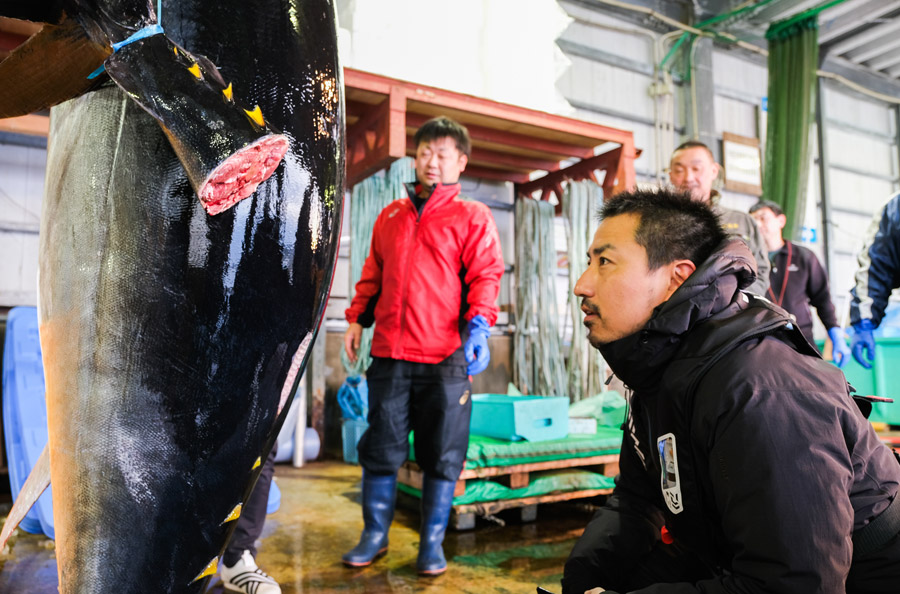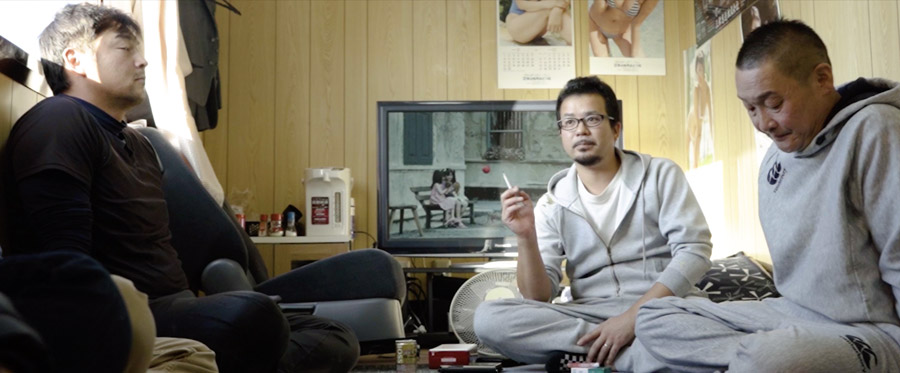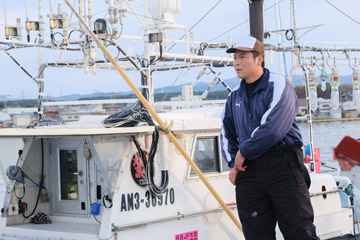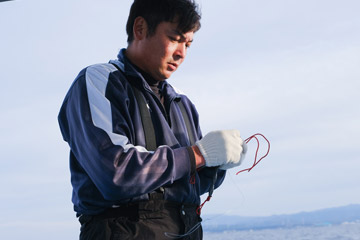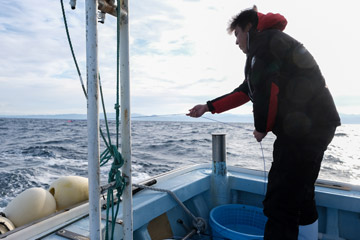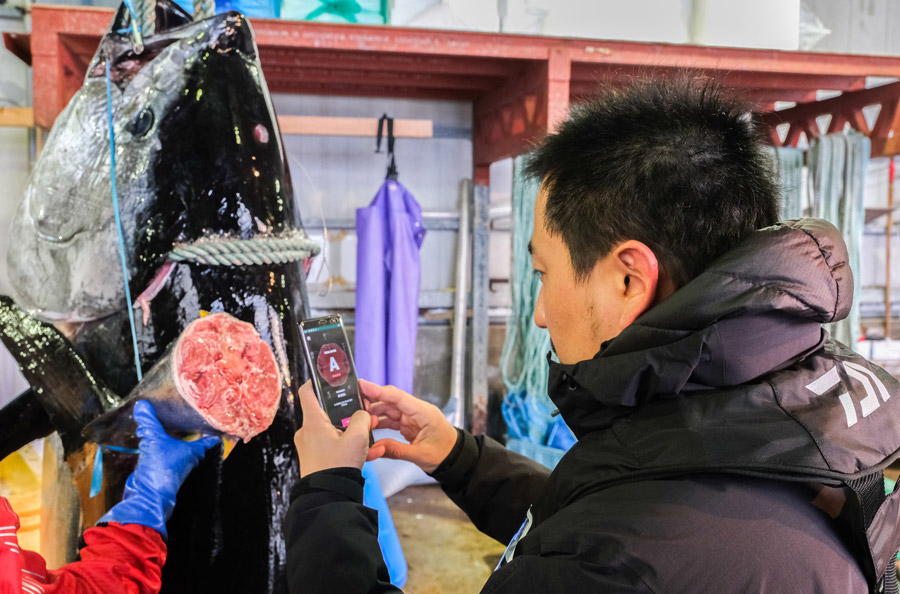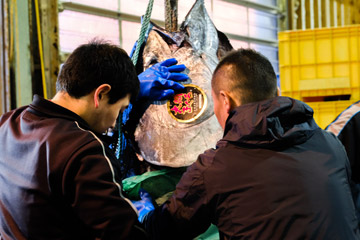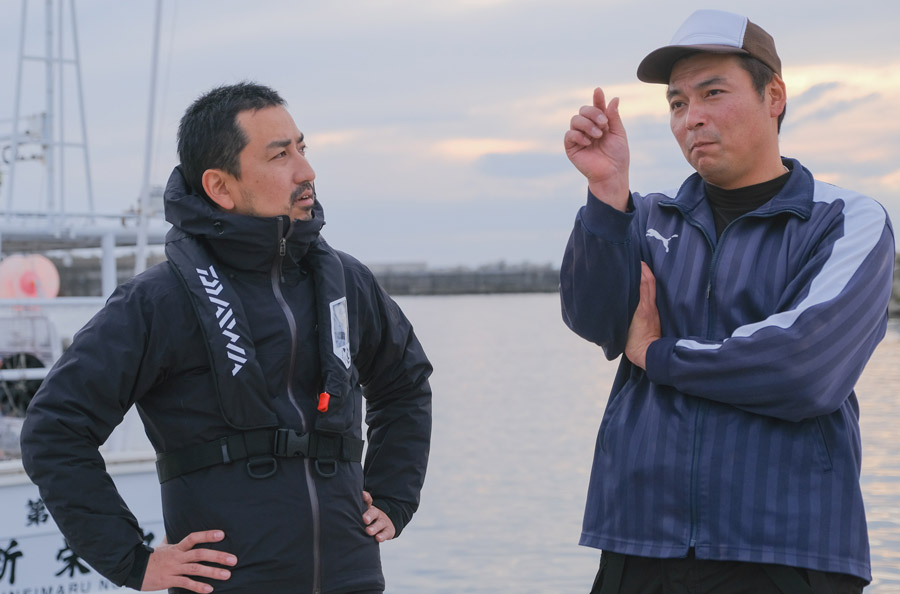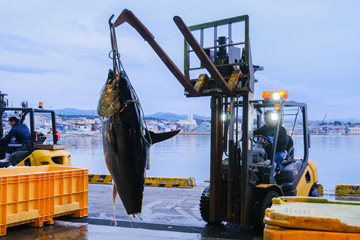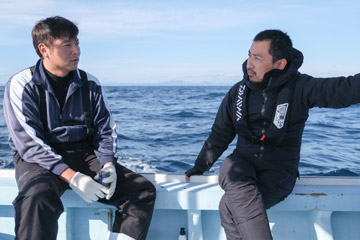“If things carry on the way they are, every single pole-and-line fisherman in Ōma will be out of work next year,” said Mr. Minami whose family has been in Ōma’s pole-and-line fishing trade for generations.
“This might be the first time in over 30 years, back in the year when the Seikan Tunnel was constructed, that landings have been so low.”
These were the first words that came out of his mouth and they reveal how exceptionally poor tuna catch has been in recent years.
Rising sea temperatures due to global warming is claimed to be one of the reasons behind the poor catches as it has caused sudden drops in the number of squid, which is a food source for tuna. But the fishermen think that is not the sole cause.
Another factor that can be considered is the practice of overfishing which is still rampant in Japanese waters. This style of fishing gives no thought to fishing seasons and captures everything from spawning tuna to juvenile fish.
“Large vessels catch what a pole-and-line fisherman from Ōma catches in a year, in just one day.”
Tuna that has been caught by fishing methods that solely focus on volume is not necessarily of a high quality. They may struggle in the net for hours which causes their body temperature to rise resulting in “burnt” tuna, or they may be hauled in with wounds to their body caused by the other fish.
On the other hand, the traditional pole-and-line fishing method practiced in Ōma involves catching tuna one at a time using a single monofilament fishing line and spiking the fish on board.
“Each tuna is handled carefully which helps maintain its high quality for longer. How you spike the fish is extremely crucial in maintaining the quality of the fish.”
“But recently, tuna gets priced pretty well no matter the quality just because there’s less and less going out on the market,” says Mr. Nitta who has been determining the quality of Ōma tuna day in and day out as a merchant for years.
Overfishing occasions a fall in supply, and as a result, it continues to give way to a framework that favors those with a bigger catch rather than one that focuses on the actual quality of the fish. Both men believe that the true challenge is in overcoming this vicious cycle which is putting fishermen in an even more precarious position.
